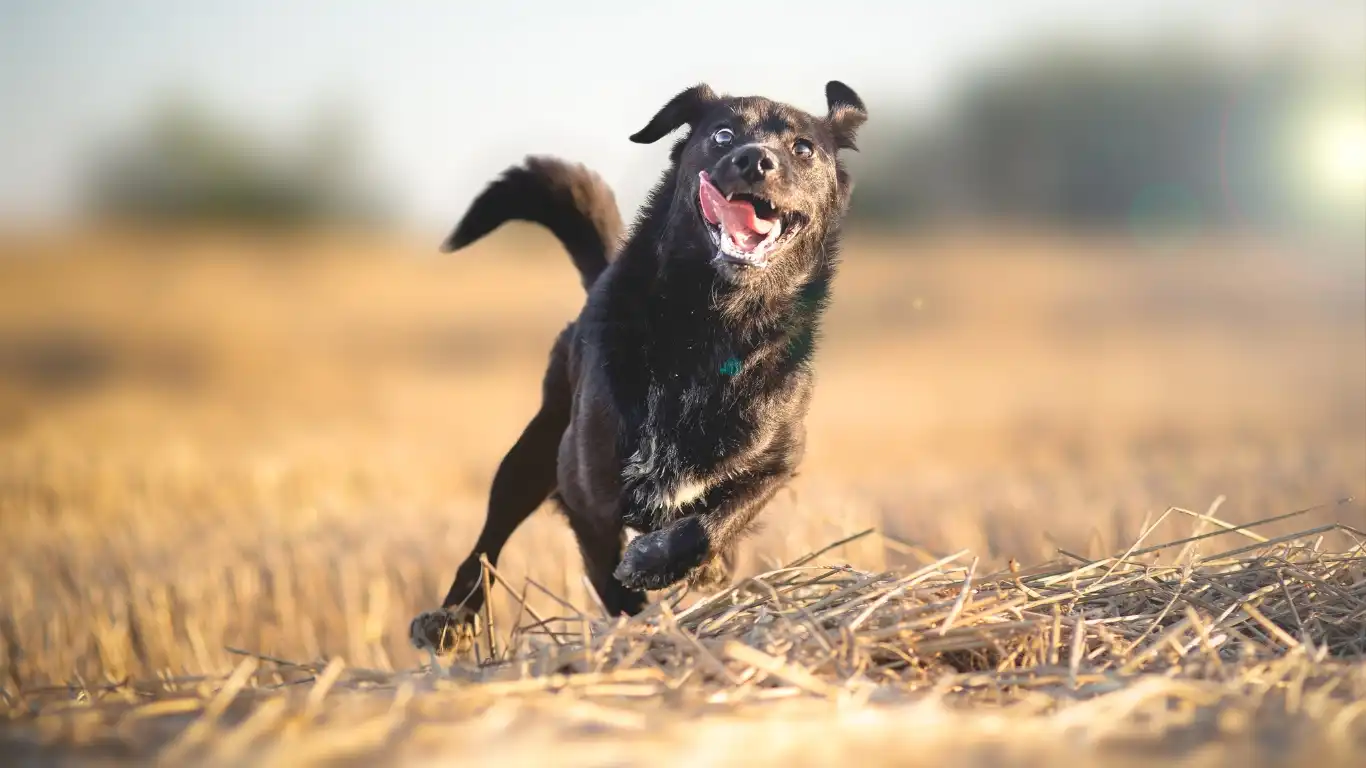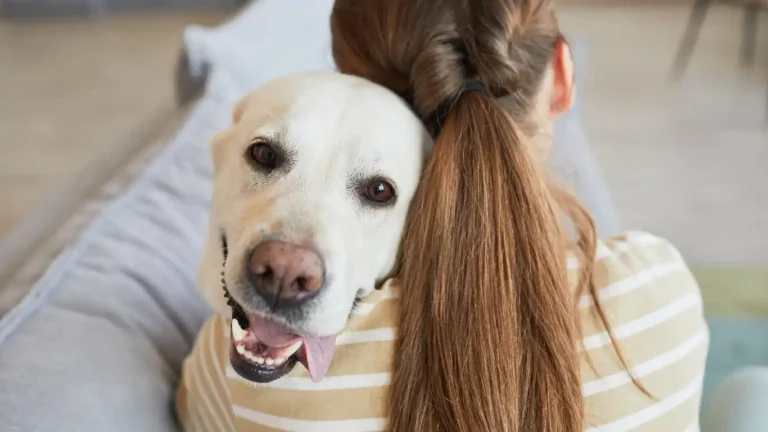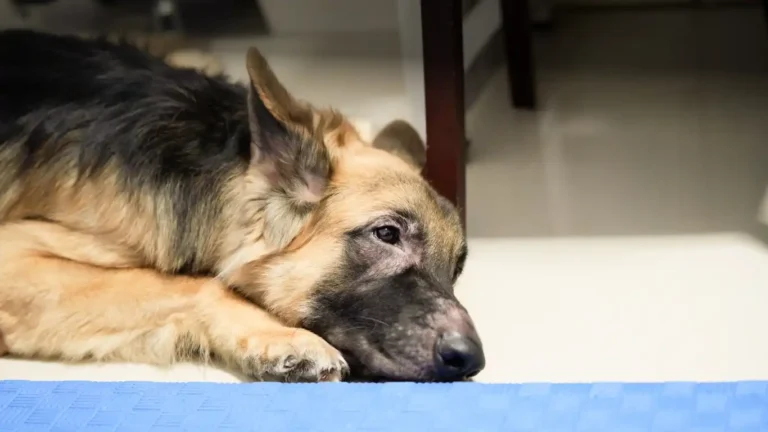How to Recognize When a Dog Is Feeling Stressed: Expert Vet Tips
As a Veterinary Technician and Nutrition Specialist, one of the most common concerns I hear from pet parents is figuring out how to recognize when a dog is feeling stressed. It’s a real issue—dogs can’t just tap us on the shoulder and say, “Hey, I’ve had enough!” Over the years, I’ve seen countless pups come into the clinic showing signs of stress that their owners didn’t catch until things had escalated. Whether it’s a subtle ear twitch or a full-blown meltdown during a thunderstorm, stress in dogs is more common than most people realize. So let’s talk about how to actually spot it, what those signs mean, and why catching it early matters more than you think.
Understanding Canine Stress: It’s Not Always Obvious

Why Dogs Get Stressed in the First Place
Let’s start with the basics—what actually causes stress in dogs? Honestly, it varies from one dog to another, but here are some of the top triggers I’ve seen again and again in practice:
- Environmental changes – New home, new baby, or even rearranged furniture can throw some dogs off.
- Loud noises – Fireworks, thunderstorms, or even a loud vacuum can set off a stress response.
- Separation anxiety – Yep, that one’s a biggie. Some dogs really struggle when left alone.
- Negative past experiences – Rescues in particular might react to certain sounds or smells that remind them of trauma.
- Inconsistent routine – Dogs are creatures of habit. Unpredictability can be unsettling.
The Subtle Signs: Early Clues Your Dog Might Be Stressed
This is the part where most pet owners miss the mark. Dogs don’t always bark, growl, or whine when they’re anxious. Sometimes, it’s as subtle as a lip lick or a paw lift. From my own hands-on experience in exam rooms, here are a few signs that often get overlooked:
- Lip licking or yawning (when they’re not tired or just ate—this can be a sign of nervousness).
- Whale eyes (when you see the whites of their eyes—it’s a look of discomfort).
- Excessive shedding (especially sudden—some dogs literally “shed stress”).
- Tucked tail or lowered body posture (a universal sign of “I’m not okay with this”).
- Sudden disinterest in toys or food (especially if your dog is usually a chowhound).
I once worked with a sweet Labrador named Riley who would freeze and start panting heavily every time someone wore a baseball cap in the clinic. Turns out, he had been abused by someone who always wore a hat. That kind of association is deep-rooted and incredibly real for dogs.
Physical vs. Behavioral Stress Signals

Behavioral Clues You Shouldn’t Ignore
Let’s dig a little deeper. Behavioral changes are often the loudest red flags when it comes to canine stress. If your normally social pup suddenly starts hiding under the bed or acting out aggressively, don’t chalk it up to “a bad day.” Stress manifests in behavior way before it shows in physical symptoms.
Some behaviors to watch out for:
- Destructive chewing – Chewing furniture, shoes, or even baseboards can be a coping mechanism.
- Pacing or restlessness – A dog that can’t settle might be feeling overwhelmed.
- Increased barking or whining – Especially if it’s new or tied to specific events or people.
- Clinginess – Dogs who are normally independent might suddenly want to be velcroed to your side.
One German Shepherd I worked with, Luna, used to circle the exam room non-stop whenever she got nervous. It wasn’t obvious at first that it was stress—her owner thought she was just energetic. But once we addressed her anxiety with behavior therapy, her compulsive circling stopped almost completely.
Physical Symptoms: When Stress Hits the Body
Chronic stress isn’t just mental—it can take a toll on your dog’s health too. I’ve seen dogs develop digestive issues, skin conditions, and even weakened immune responses when under prolonged stress.
Some physical symptoms to keep an eye on:
- Excessive drooling (especially if it’s not food-related).
- Trembling or shaking (without an obvious cause).
- Changes in appetite – Both overeating and skipping meals can be a response to stress.
- Diarrhea or vomiting – A stressed gut can become very reactive.
It’s heartbreaking to see a dog physically suffer from something that could have been managed earlier. If you’re seeing any combo of these signs, it’s worth talking to your vet or even a certified behaviorist.
How to Recognize When a Dog Is Feeling Stressed: Trust Your Gut
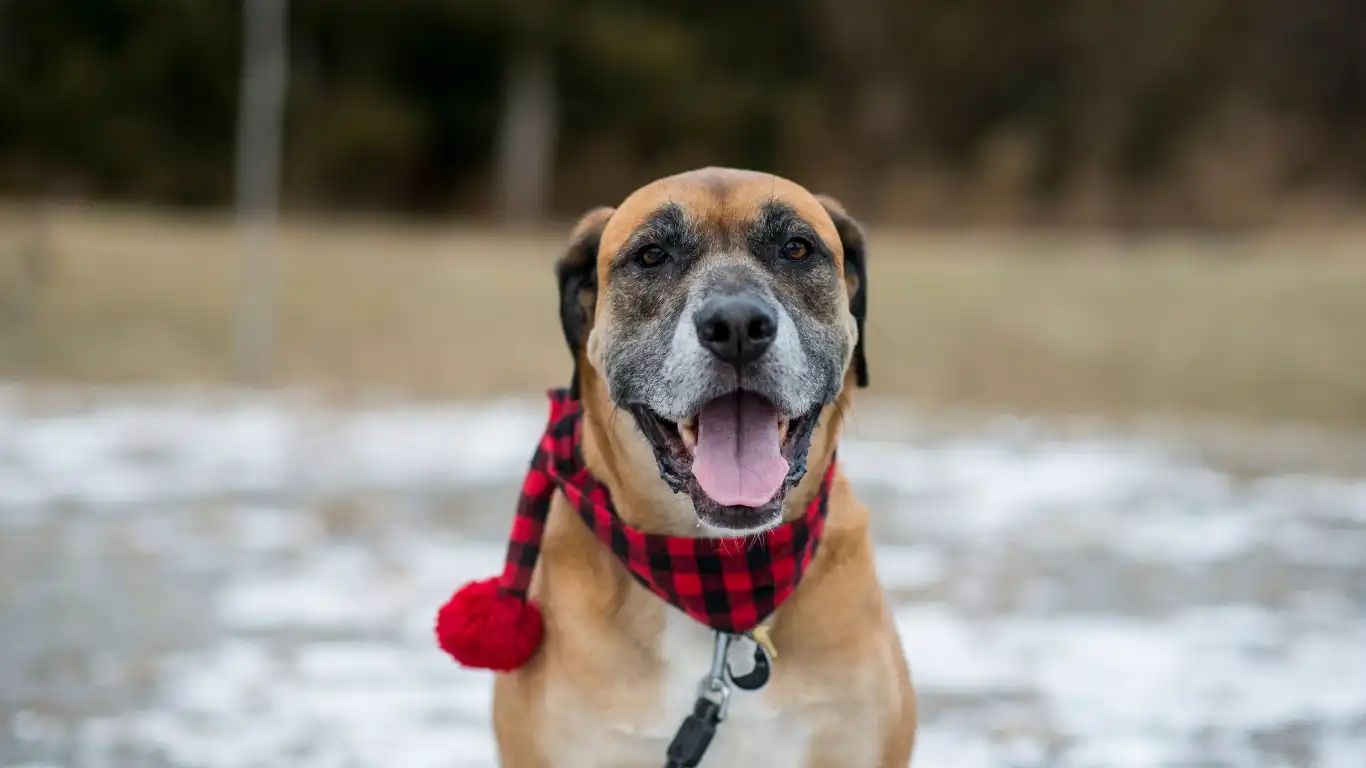
Reading Your Dog’s Body Language
Sometimes, you just *know* something is off. Maybe your dog’s ears are pinned back more than usual, or they’re holding their breath during car rides. These aren’t just quirks—they can be legit signs of stress.
The body doesn’t lie. Look at the tail, ears, eyes, and posture. A confident dog carries themselves differently than one who’s bracing for something bad. You don’t need to be a dog whisperer to pick up on this stuff—you just need to be observant and tuned in. Most pet parents know their dogs better than they think; they just need the tools to interpret the signals correctly.
In my experience, the earlier you catch the signs, the easier it is to intervene in a way that helps your pup feel safe, supported, and back to their happy, tail-wagging self.
What to Do When You Suspect Your Dog Is Stressed

Don’t Panic—Start Observing
Okay, so now that you’ve got a better idea of how to recognize when a dog is feeling stressed, the big question becomes: what the heck do you do about it? First off, don’t stress yourself out. You’re already doing the right thing by paying attention. That alone makes you a more tuned-in pet parent than most.
One of the most helpful tips I share with clients is to start a “doggie diary”—nothing fancy, just a notebook or phone note where you jot down when the stress behaviors happen. Note the time, environment, people present, and any potential triggers. After just a few days, patterns usually start to emerge. It’s how I helped a client figure out that her dog was only pacing and panting on Wednesdays. Turns out, her neighbor’s lawn crew came by with leaf blowers—mystery solved!
Common Triggers and Simple Fixes
While not every stress trigger can be totally eliminated, many can be minimized with just a little change in routine or environment. Here are some real-life examples from my time in clinic and at home:
- Sound desensitization: Thunder or fireworks freaking your dog out? Try low-volume recordings during calm moments to slowly desensitize them (gradually, over time—it’s not a quick fix).
- Crate as a safe space: Some dogs actually love having a covered crate or quiet room to retreat to. Think of it like their zen zone, not a punishment cell.
- Routine, routine, routine: Predictability is comforting. Feeding, walking, and play times should be as consistent as possible.
- Natural calming aids: There are supplements like L-theanine and CBD (vet-approved, of course) that have helped many of my patients chill out without knocking them out.
One little Shih Tzu named Milo hated car rides so much that he’d vomit before we even left the driveway. By pairing short car trips with high-value treats and using a Thundershirt, we got him from meltdown to mildly annoyed in just a few weeks. Total win.
Behavioral Training and Enrichment
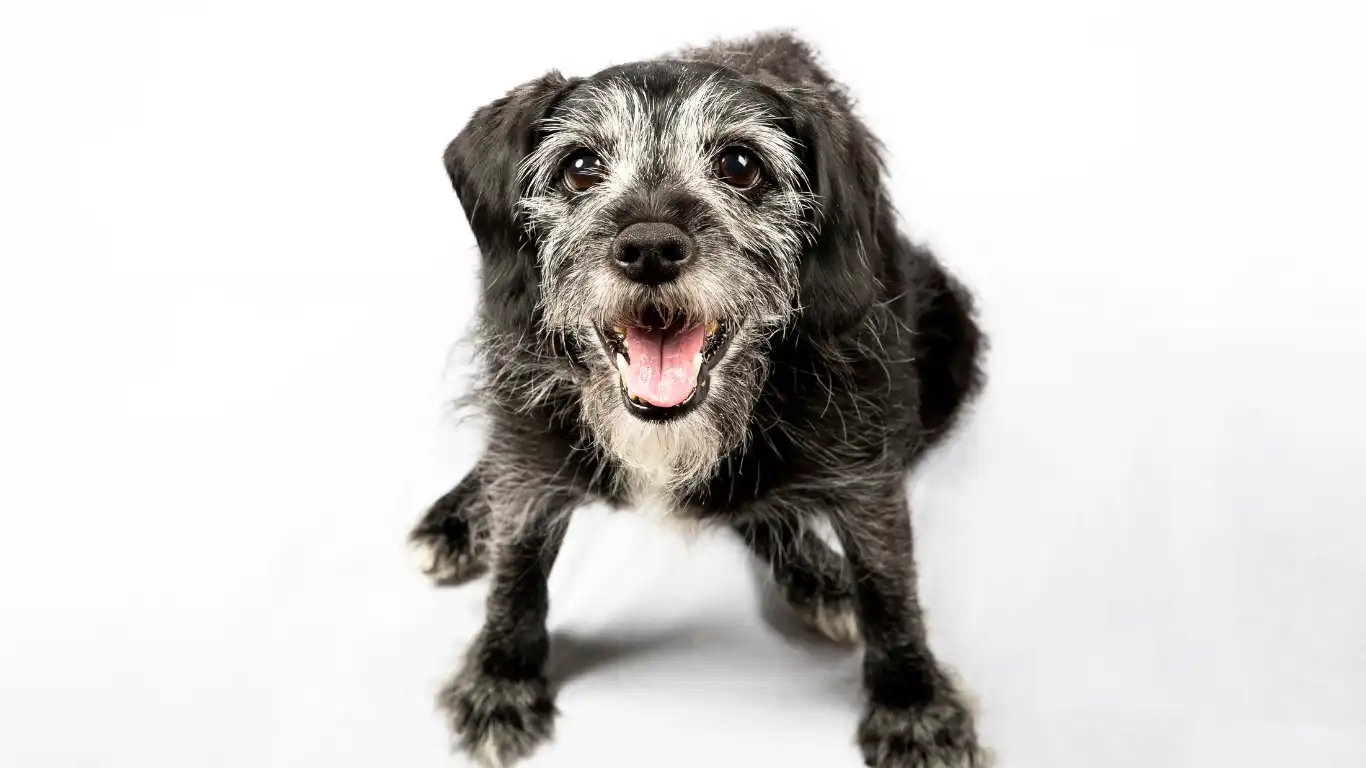
Working with a Certified Trainer or Behaviorist
Sometimes, you need to bring in the pros. I always recommend finding a certified force-free trainer or veterinary behaviorist—especially if your dog’s stress is causing aggression, self-harm, or severe anxiety. These professionals know how to create behavior plans tailored specifically to your dog’s triggers and needs.
Contrary to popular belief, stressed dogs aren’t “being bad” or “acting out.” They’re trying to cope. I’ve had clients come in practically in tears thinking their dog was broken. After a few sessions with a great trainer, they were stunned by the progress. With the right tools, even deeply anxious dogs can regain confidence and calm.
Mental Stimulation Is Underrated
Boredom is a sneaky stressor. I’ve seen so many cases where dogs act out simply because they aren’t being mentally challenged enough. We focus a lot on physical exercise, but enrichment is just as important.
Try incorporating:
- Food puzzles or treat-dispensing toys
- Snuffle mats or scent games – letting your dog “hunt” for food taps into natural instincts
- Training short sessions – 5-10 minutes a day working on new commands or tricks
- Novel toys rotated weekly – keep it fresh!
Enrichment helped a high-energy pit bull I worked with stop obsessively licking his paws. Once we added scent games and regular mental stimulation, the behavior decreased dramatically. His owner couldn’t believe such a simple change made such a huge difference.
When to Involve Your Veterinarian
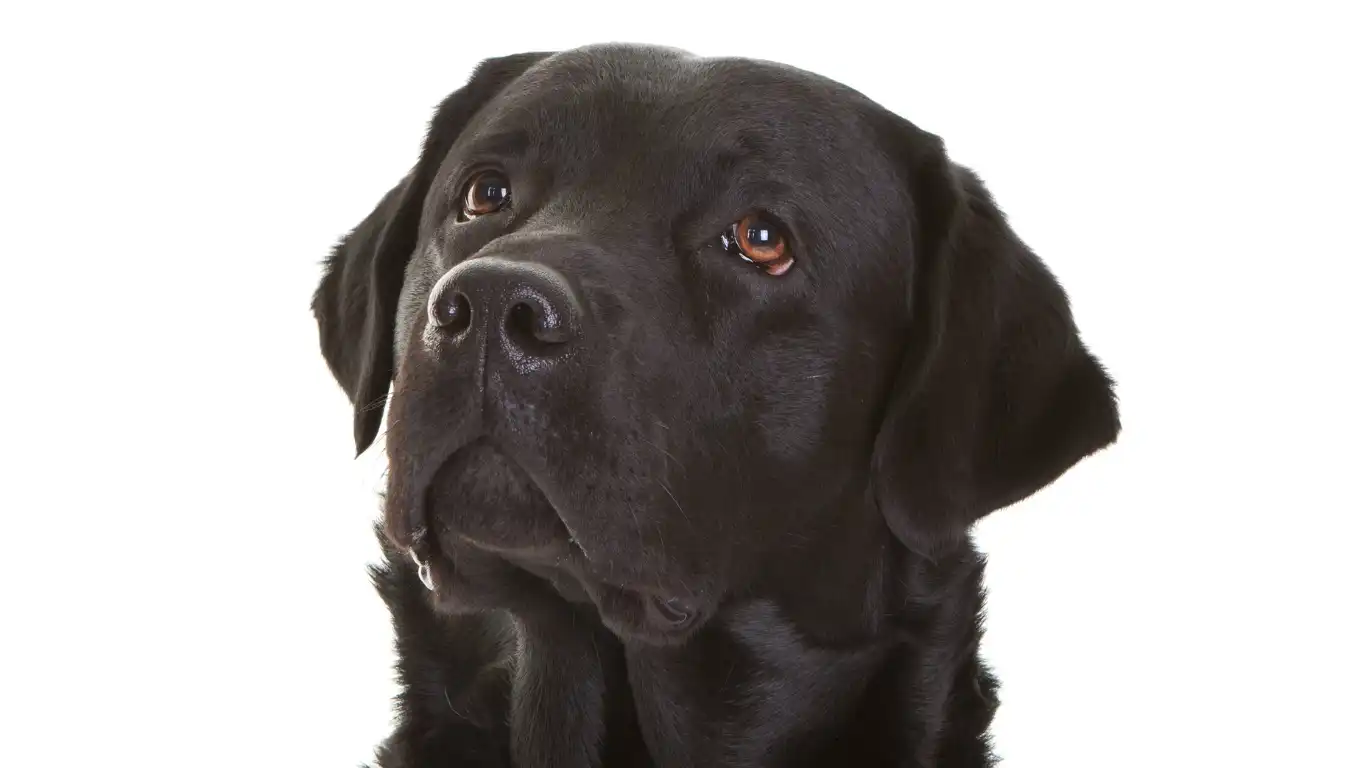
Ruling Out Medical Issues
Here’s something I’ve learned the hard way: not every stress behavior is purely emotional. Medical issues can mimic—or cause—behavioral symptoms. Dogs in pain or discomfort may act out in ways that look like stress. That’s why I always tell pet parents, if your dog suddenly starts acting “off,” rule out health problems first.
Conditions like:
- Hypothyroidism
- Urinary tract infections
- Gastrointestinal discomfort
- Allergies (especially environmental ones)
…can all manifest as behavioral shifts like irritability, restlessness, or avoidance. Your vet can run bloodwork, urinalysis, and other diagnostics to check if there’s more going on beneath the surface.
Exploring Prescription Options
Yep, sometimes meds are the right move—and there’s no shame in that. For dogs with generalized anxiety disorder or severe phobias, a prescription can make all the difference. When I was working with a senior Border Collie who had storm anxiety so bad he’d chew through drywall, medication quite literally saved his life.
Medications like:
- Fluoxetine (Prozac)
- Clomipramine (Clomicalm)
- Gabapentin (often for situational anxiety)
…can be used alone or alongside behavior modification. Always talk to your vet first, of course, and monitor closely for side effects. It’s not about sedating your dog—it’s about giving them the chemical support they need to learn and cope.
Creating a Supportive Environment at Home
Be Your Dog’s Advocate
At the end of the day, you’re your dog’s voice. If something doesn’t feel right, speak up. Whether it’s telling the groomer to go slow, asking visitors to give your dog space, or saying no to dog parks if they overwhelm your pup—advocating for your dog is not being overprotective. It’s being a responsible pet parent.
One of the most important lessons I’ve learned from years of working in the veterinary field is that trust is everything. When your dog knows you’ve got their back, it builds their confidence and reduces stress overall. So, pay attention, stay patient, and remember: you don’t have to fix everything overnight. Just showing up, consistently and calmly, is half the battle.
Building Long-Term Coping Strategies for a Stressed Dog

Consistency Is Everything
If you’ve made it this far, you already care deeply about your dog’s well-being—which means you’re doing better than you think. Managing stress in dogs isn’t about fixing it in one shot. It’s a journey, not a sprint. The biggest piece of advice I can give from my years working with stressed-out pups in vet clinics? Consistency is the secret sauce.
When your dog knows what to expect, it creates a sense of security. That can be something as simple as feeding them at the same time every day, keeping walks predictable, or using the same calm cue word (“easy,” “breathe,” or even just their name in a soothing tone). Dogs thrive on routine—it’s not boring to them; it’s comforting.
Trust-Building Activities That Actually Work
Working with anxious or stressed dogs often comes down to rebuilding trust and giving them a sense of control. That doesn’t mean letting them run the house—it means offering choices when you can and rewarding calm, confident behavior.
Here are a few of my favorite go-to trust-building ideas:
- Consent-based petting – Let your dog come to you for affection. If they walk away, respect it. This builds autonomy and confidence.
- Interactive play – Tug, fetch, or nosework games are not just fun—they’re bonding moments that relieve tension.
- Training with positive reinforcement – Not only does this build your dog’s skills, it reinforces your role as a safe, reliable leader.
- “Yes spaces” – Designate an area in your home that your dog can escape to when they need a break. Think comfy bed, soft lighting, maybe a calming diffuser—no kids, no noise, just peace.
I had a senior rescue, Marley, who was terrified of loud voices and sudden movement. It took months of slow, respectful interaction and giving her a quiet corner of the house before she finally felt safe enough to rest without being hyper-vigilant. Now she practically owns the couch.
Helping Your Dog Thrive in Social Settings
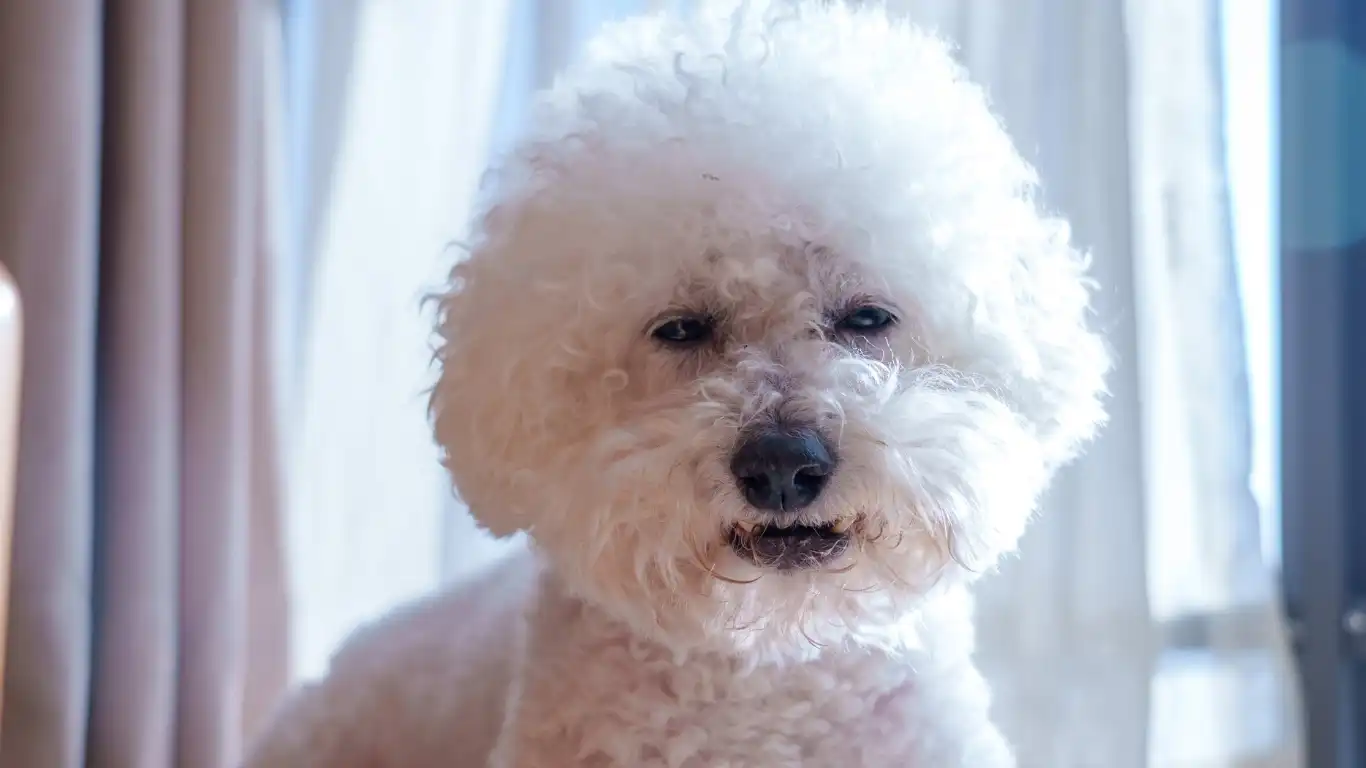
Not Every Dog Needs to Be a Social Butterfly
One of the most damaging myths I see circulating is that “all dogs love other dogs.” Truth? Some don’t. And that’s perfectly okay. Just like people, dogs have different social needs and boundaries. Forcing your pup into playdates or dog parks when they’re clearly overwhelmed is a recipe for disaster and long-term stress.
If your dog is on the introverted side, lean into what works for them. Maybe they prefer a walk with you in a quiet area rather than mingling with a group. Maybe their best friend is a cat. That’s valid!
Slow Introductions & Positive Associations
If your goal is to help your dog feel more comfortable around others—whether that’s people, dogs, or new environments—the key is baby steps.
Try these tips:
- Start with distance – Let them observe from afar without being forced into contact.
- Pair new experiences with high-value rewards – Cheese, chicken, liver treats… whatever makes them light up.
- Watch for cutoff signals – Turning away, sniffing the ground, lip licking—these mean “I’m done” and should be respected.
- Celebrate small wins – Eye contact, tail wags, or just being able to walk calmly near a new person are all victories.
I’ll never forget a Boxer named Jack who used to lose it whenever he saw a stranger. After months of positive exposure therapy (and a lot of rotisserie chicken), he was able to walk calmly through a farmers’ market with zero issues. It takes time—but it’s so worth it.
Ongoing Monitoring: Stress Can Be Seasonal or Situational
Check In Regularly
Just like our stress levels change with life’s ups and downs, so do our dogs’. A dog who’s perfectly fine in summer might get anxious during the holidays when routines shift. Or maybe a puppy who was cool with visitors gets more guarded as they mature. Keep an eye out for new or returning stress behaviors.
Use what I call a “wellness loop”—a monthly check-in where you assess your dog’s:
- Eating habits
- Energy levels
- Social behavior
- Grooming or scratching
- New phobias or triggers
If something seems off and sticks around longer than a few days, it’s time to dig a little deeper—either with your vet or a trusted behaviorist. Don’t brush it off. Dogs don’t “act weird” for no reason.
Tools to Support You Along the Way
Fortunately, we’ve got more options than ever to help support stressed dogs. Some of my personal faves:
- Wearable calming aids like Thundershirts
- Dog-safe calming music – YouTube is full of dog relaxation tracks
- Calming pheromone sprays like Adaptil
- Tracker collars – Some smart collars now monitor stress through heart rate and activity!
Whatever tool you choose, make sure it aligns with your dog’s individual personality and needs. Just because something works for your friend’s dog doesn’t mean it’ll be the magic fix for yours—and that’s okay.
Final Thoughts on Recognizing and Supporting a Stressed Dog
Celebrate Progress, Not Perfection
Being a pet parent to an anxious or stressed dog can feel overwhelming, but I promise—small wins matter. A calmer walk, a quiet night during fireworks, your dog choosing to relax nearby instead of hiding—all of that is proof that your efforts are working. And if no one has told you this lately: you’re doing an amazing job.
As someone who’s been in the trenches of vet clinics, behavior consults, and nutrition coaching, I can confidently say that stress in dogs is manageable. Not curable in every case—but absolutely manageable with knowledge, patience, and love.
Trust your gut. Ask for help when needed. And most importantly, keep showing up. Your dog notices—and they’re better for it.
References
Disclaimer
This article is intended for informational purposes only and is based on my professional experience as a Veterinary Technician and Canine Nutrition Specialist. It does not substitute professional veterinary advice. Always consult your veterinarian or a certified canine behaviorist for medical or behavioral concerns.
